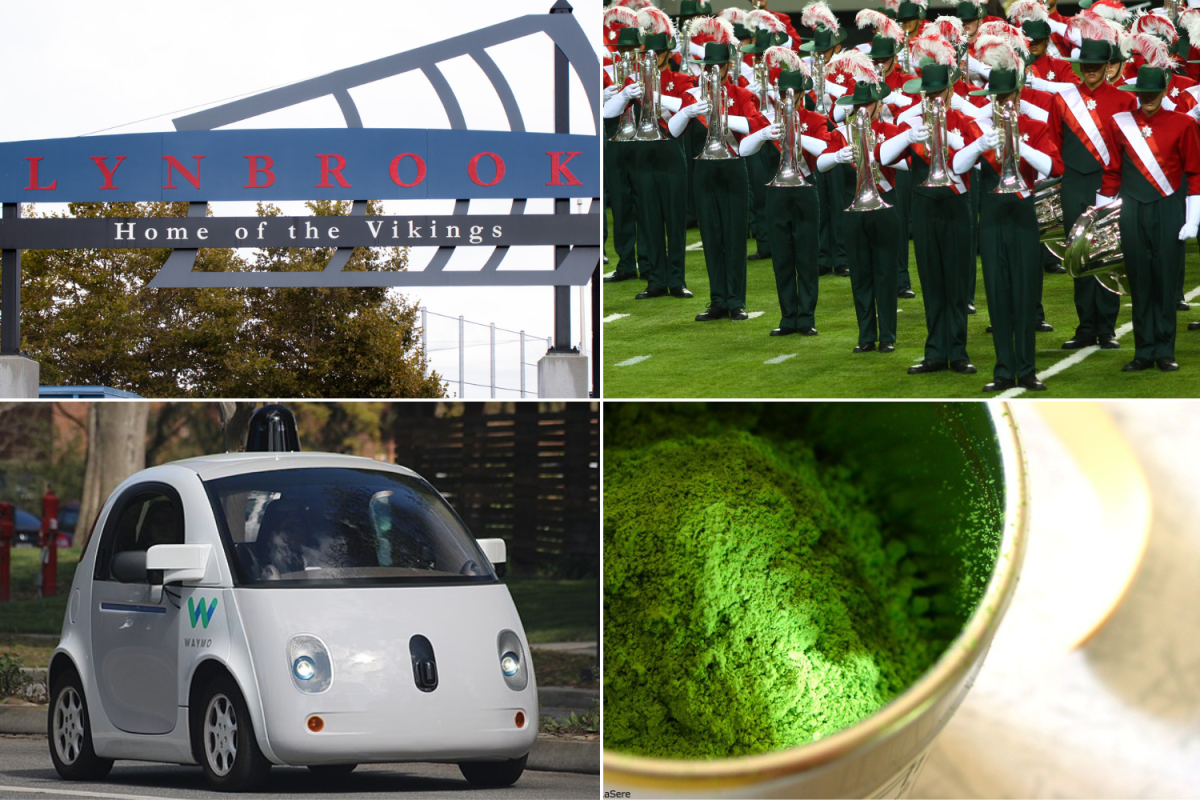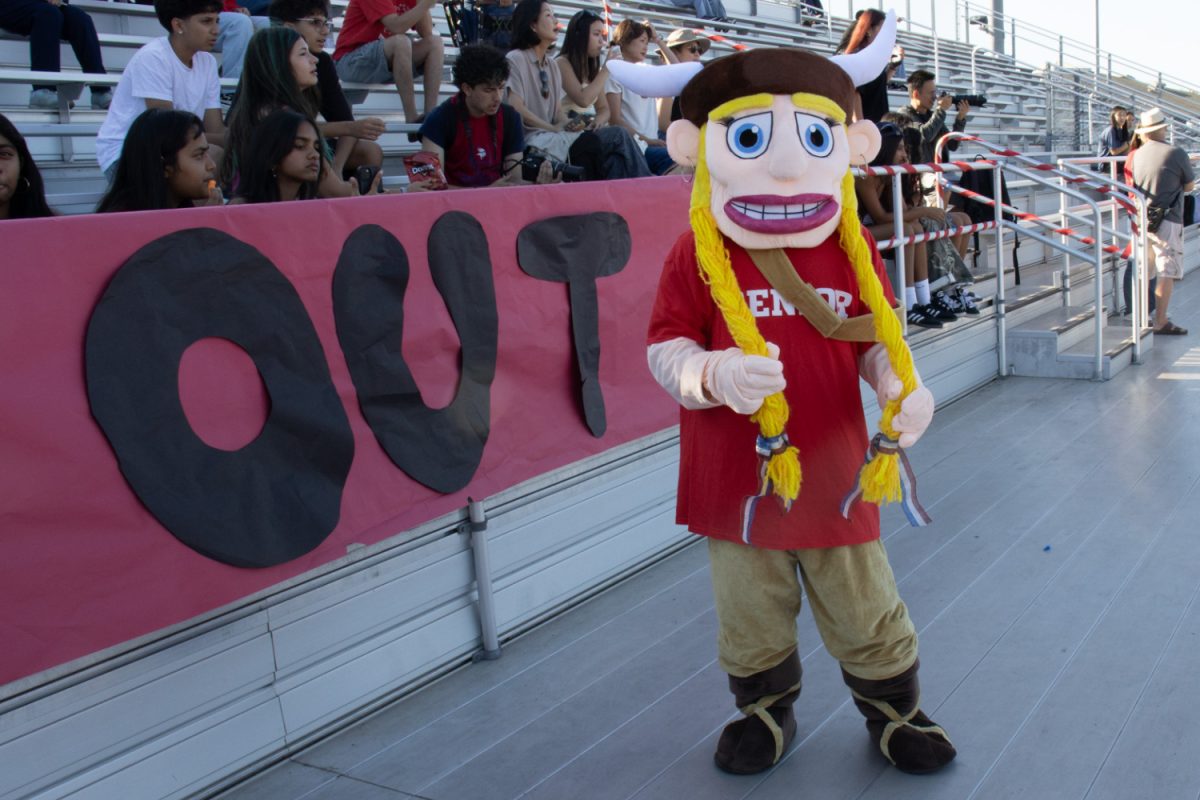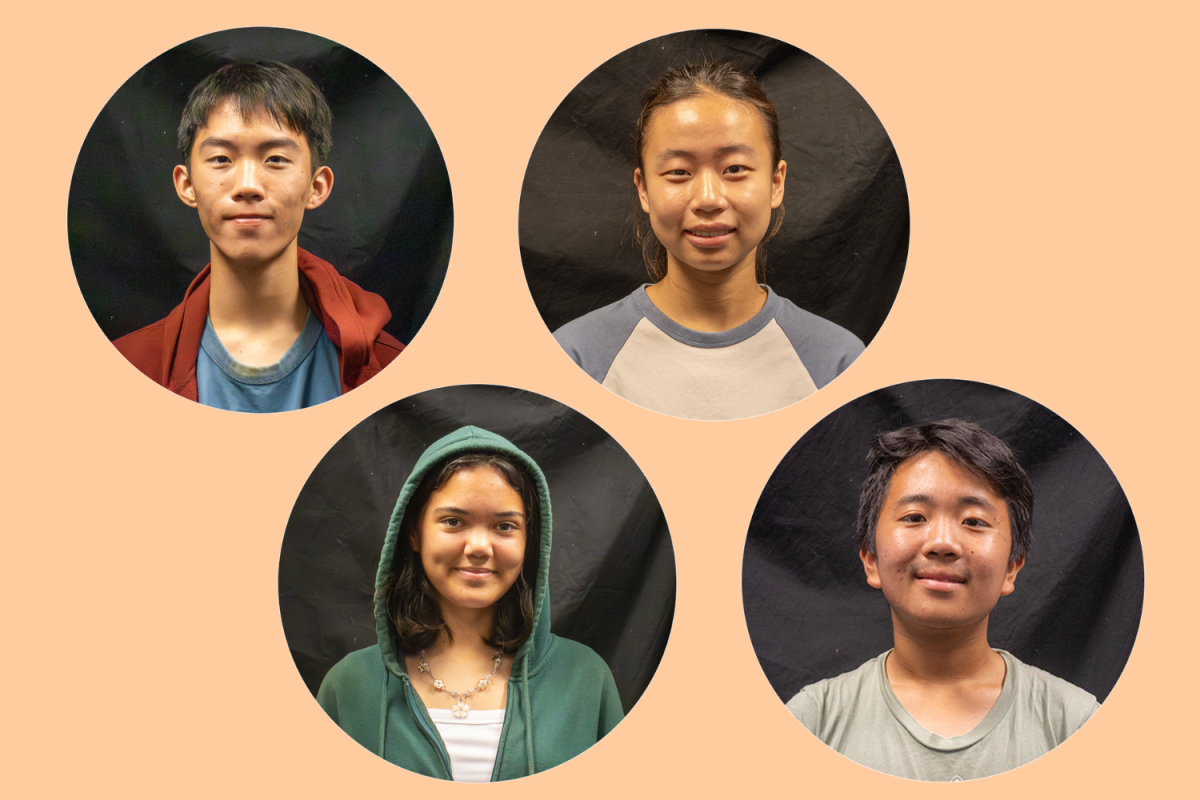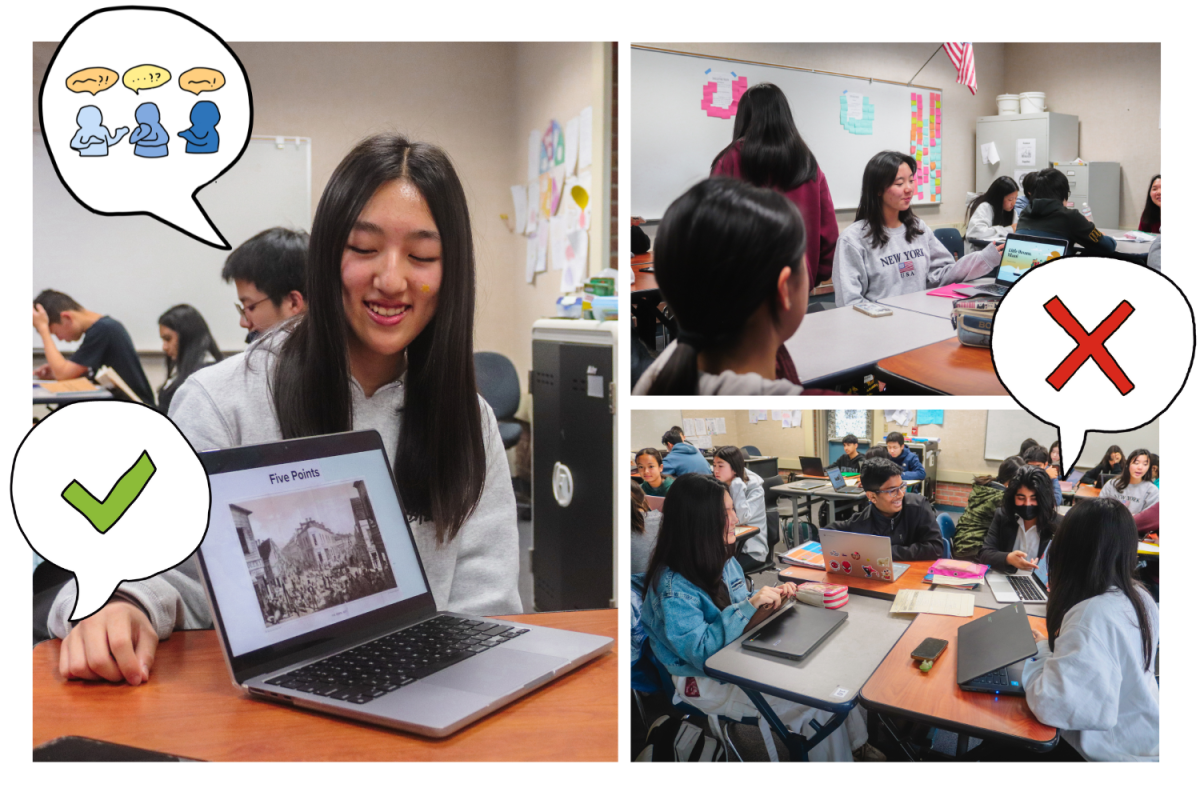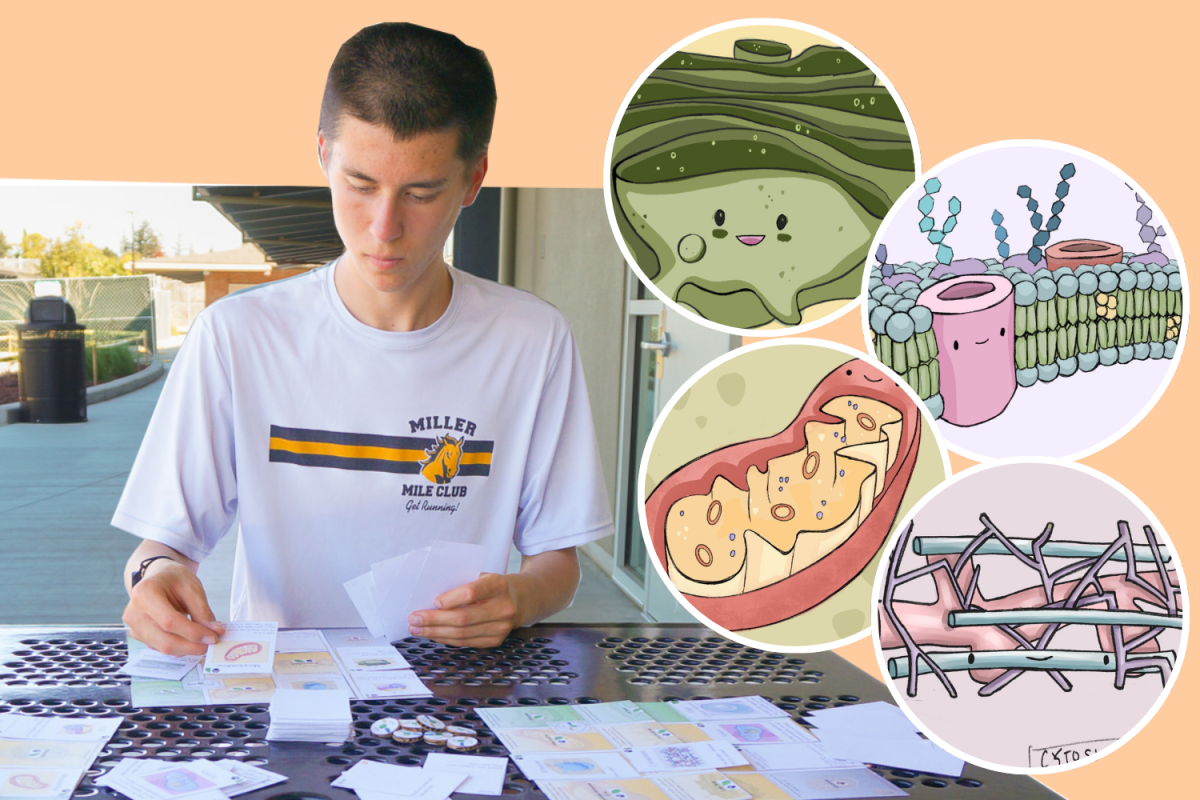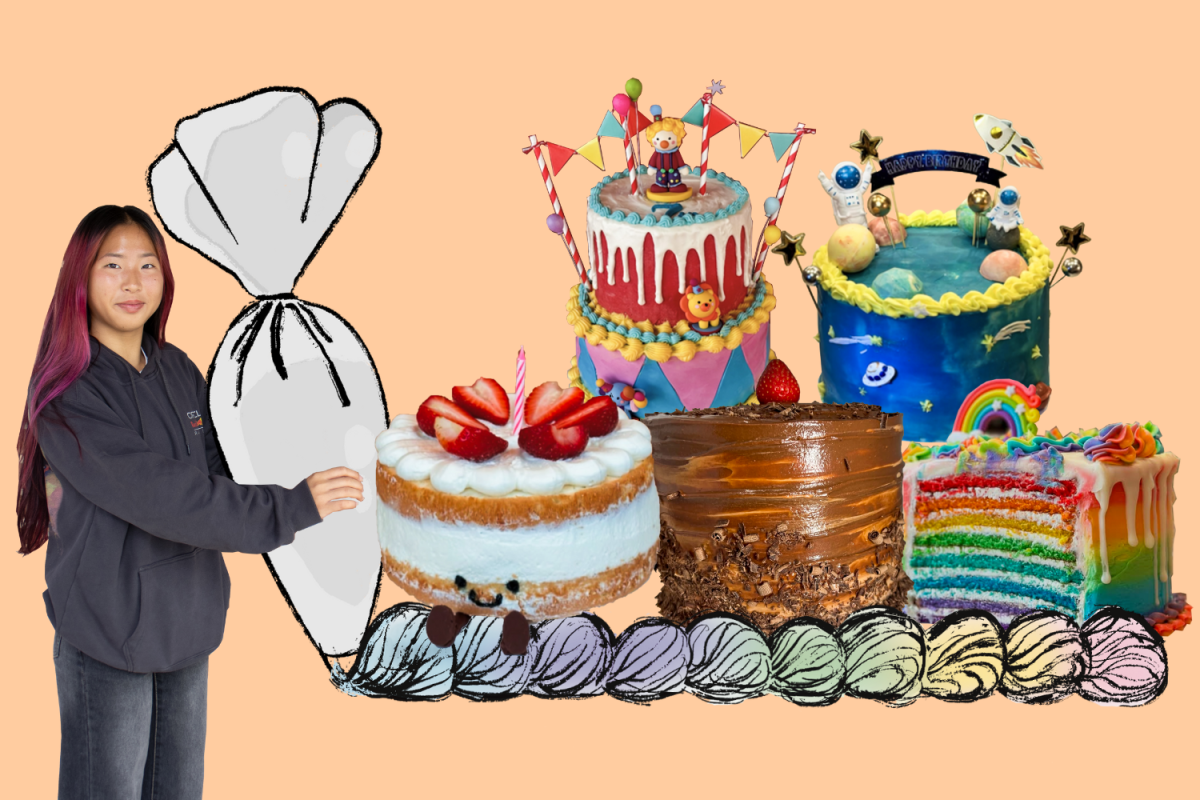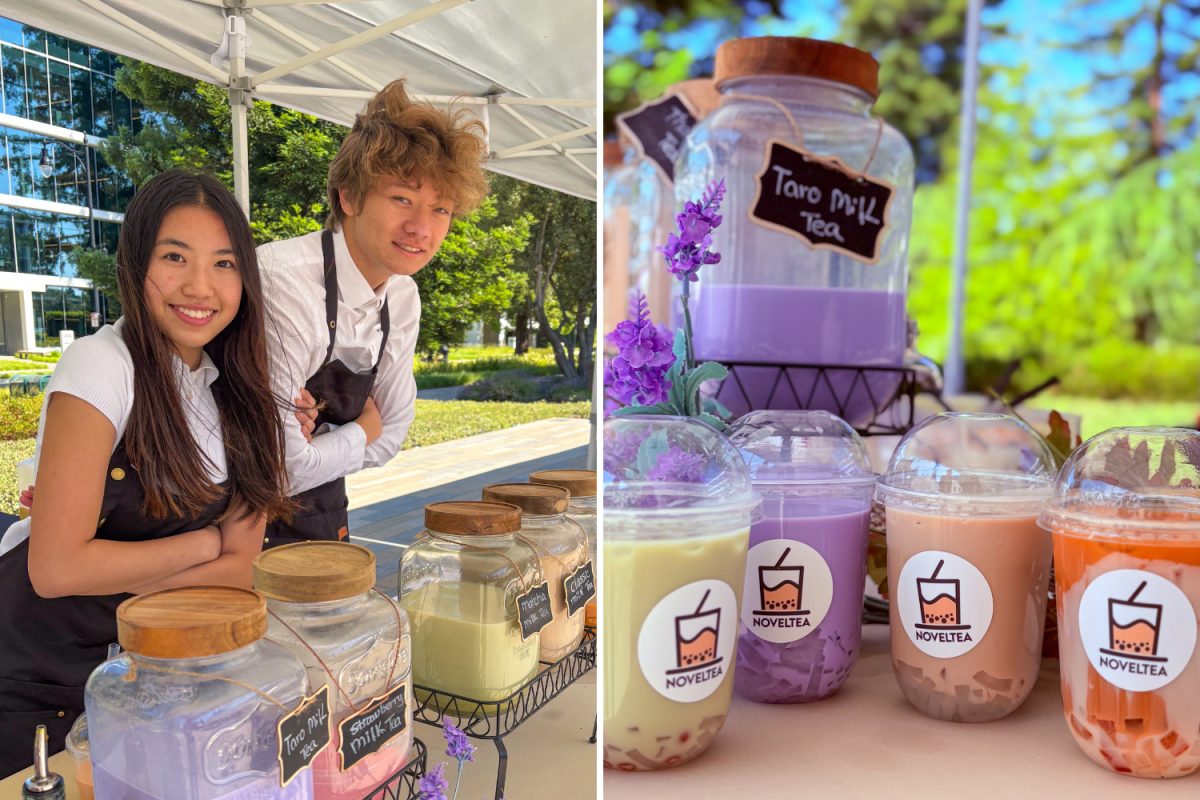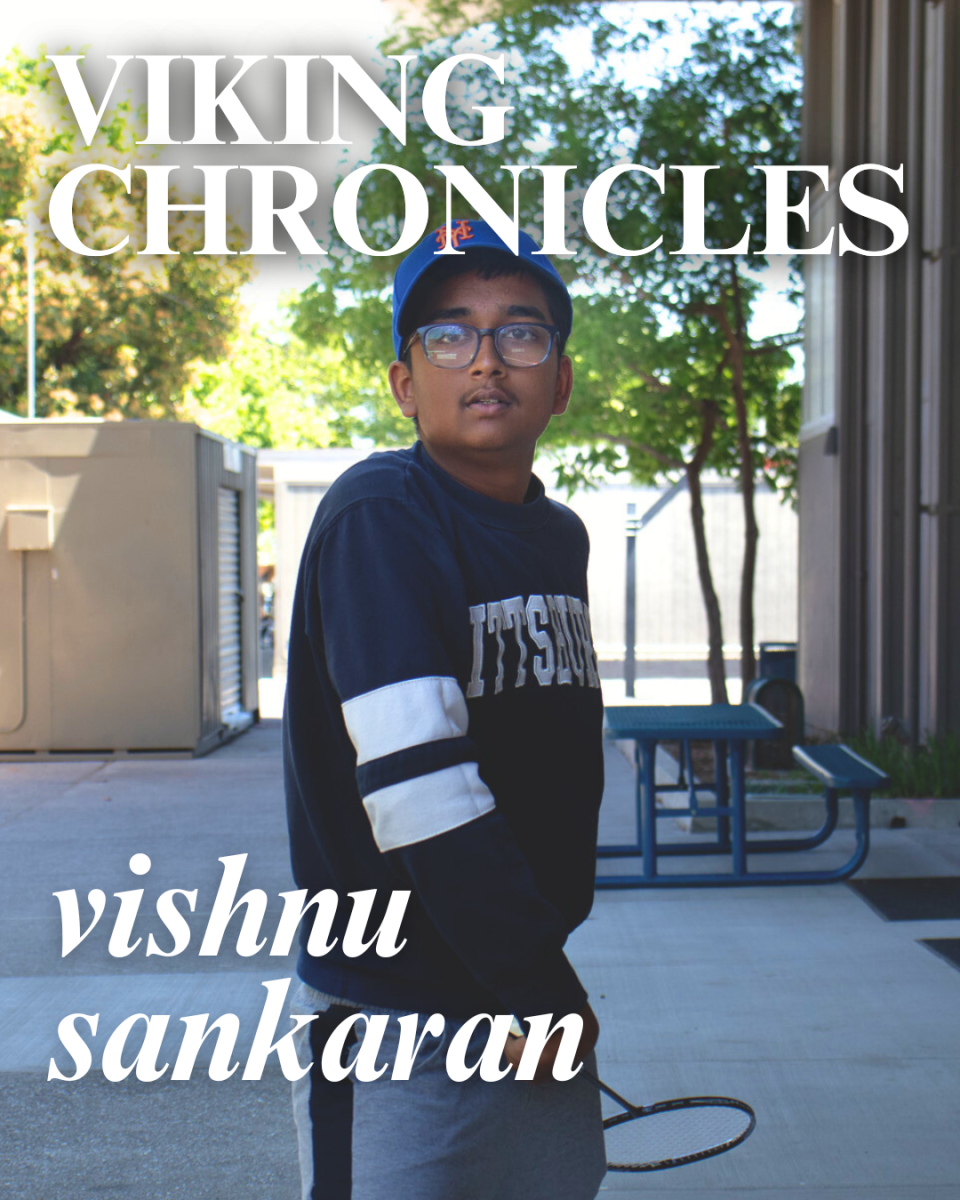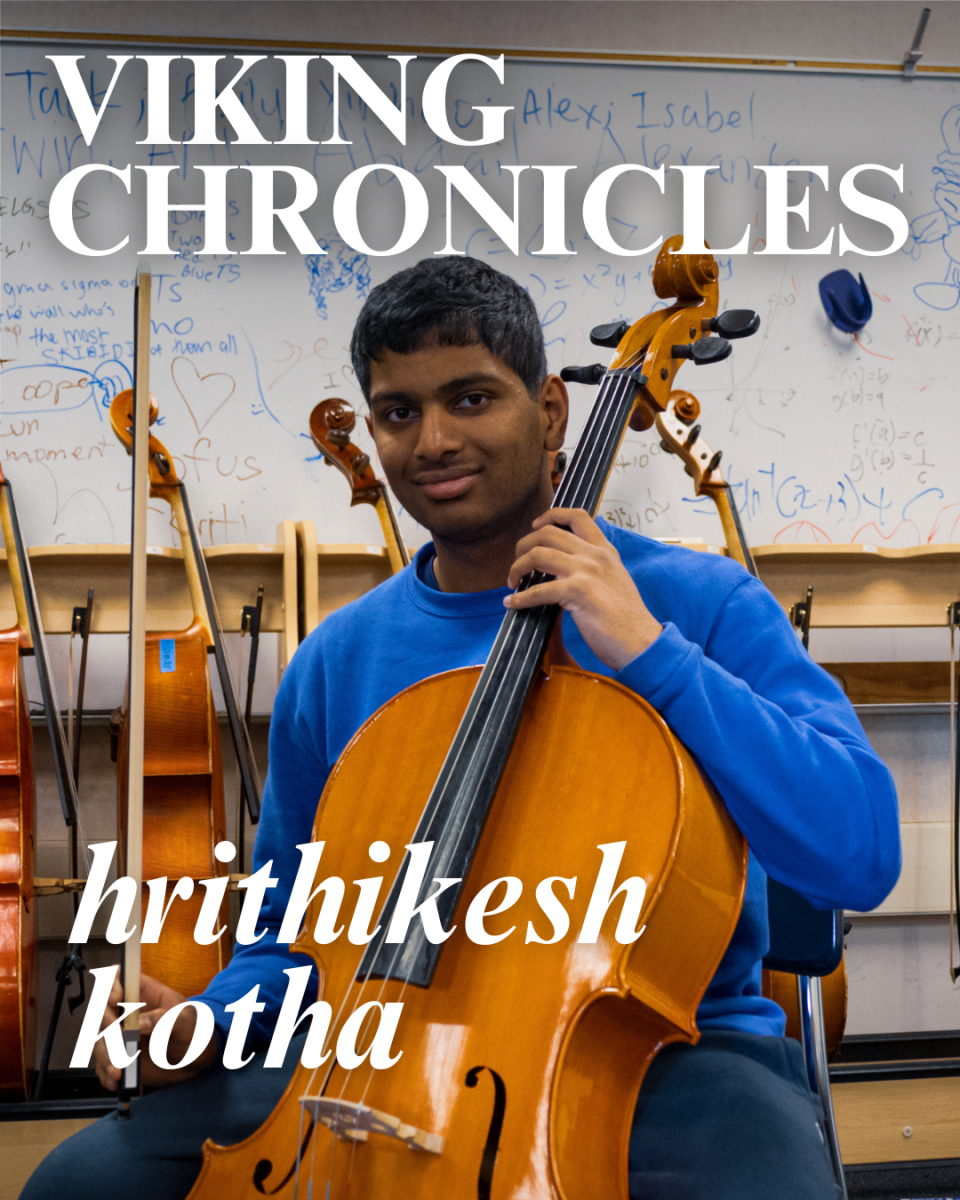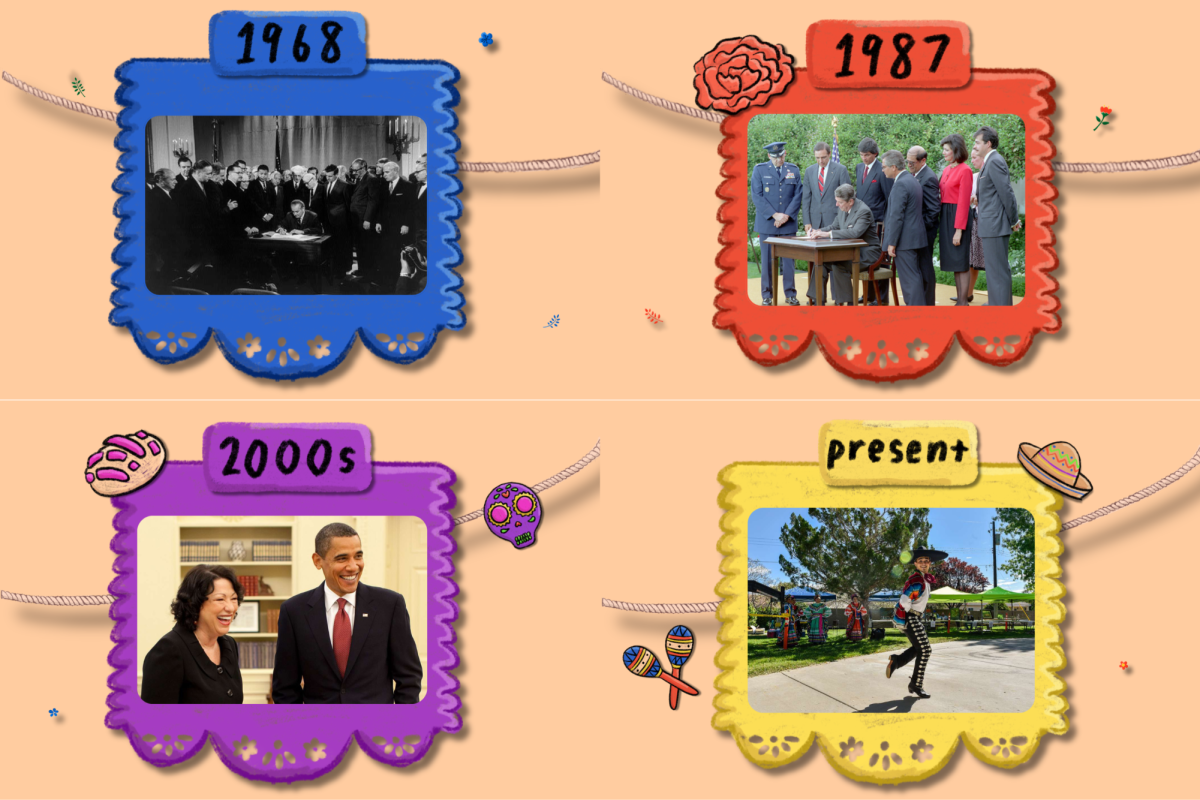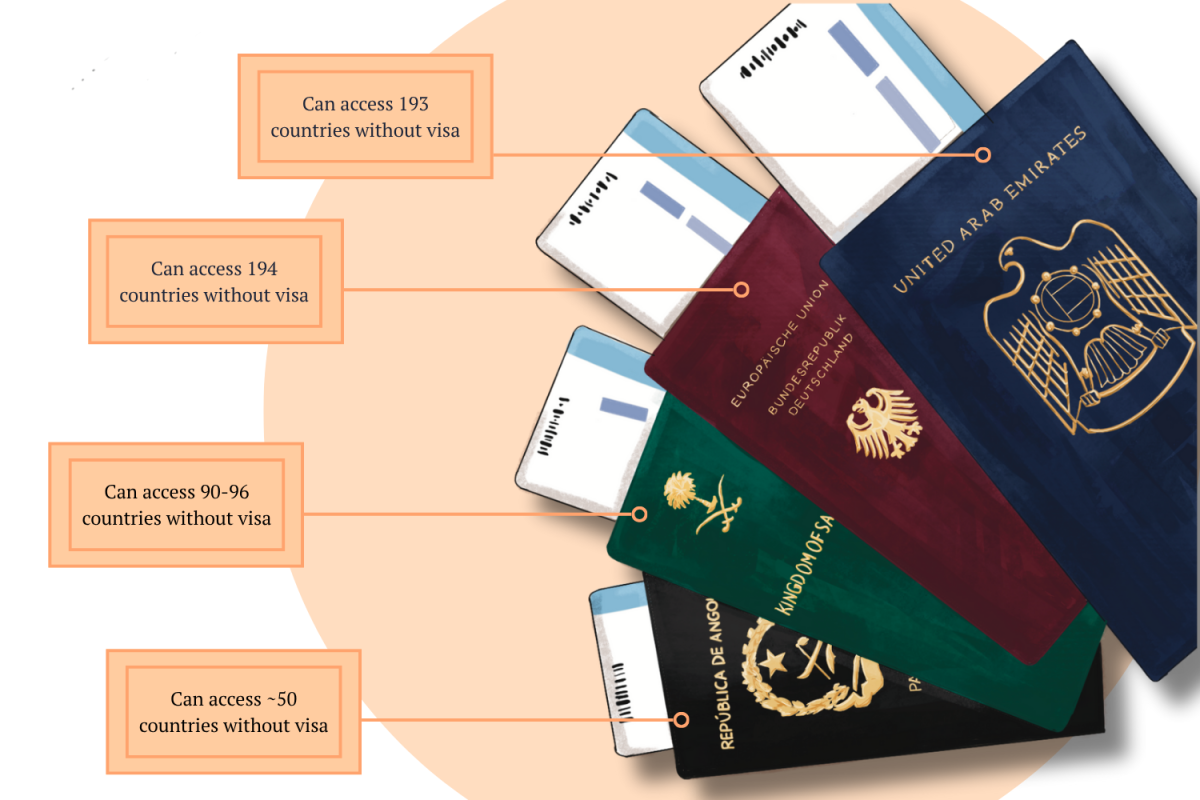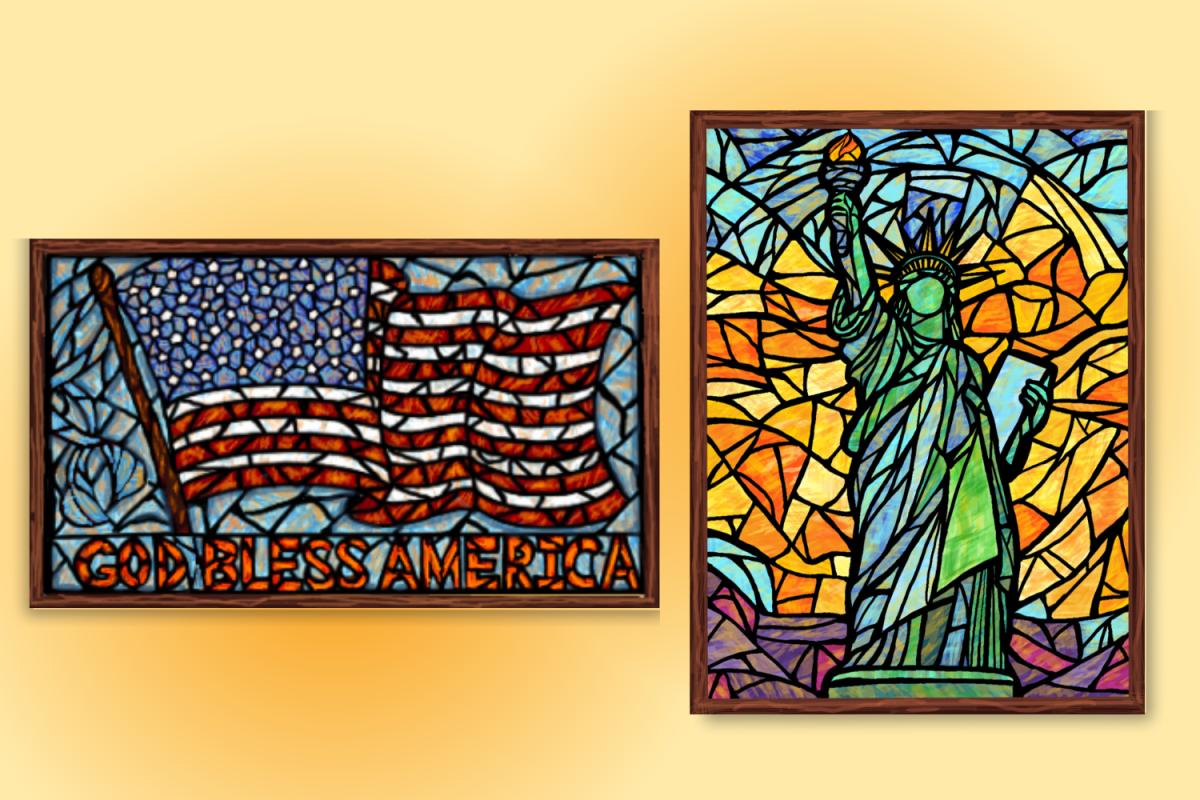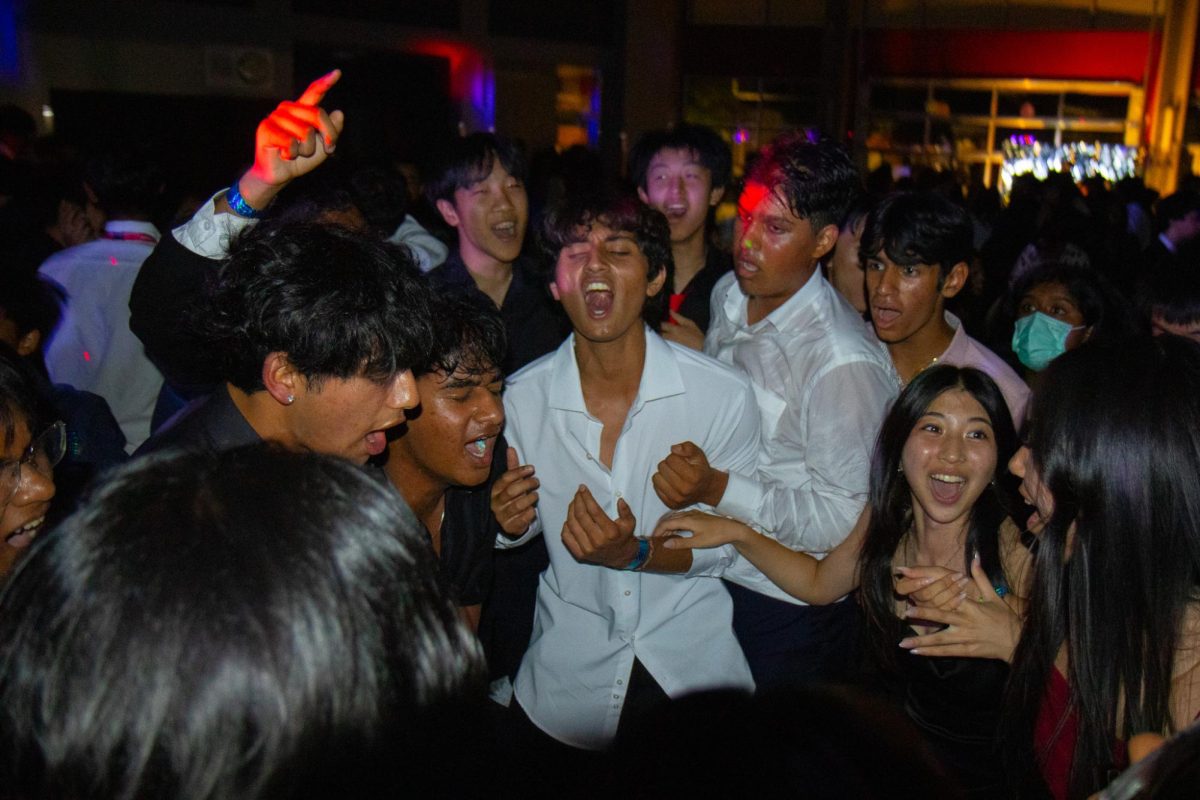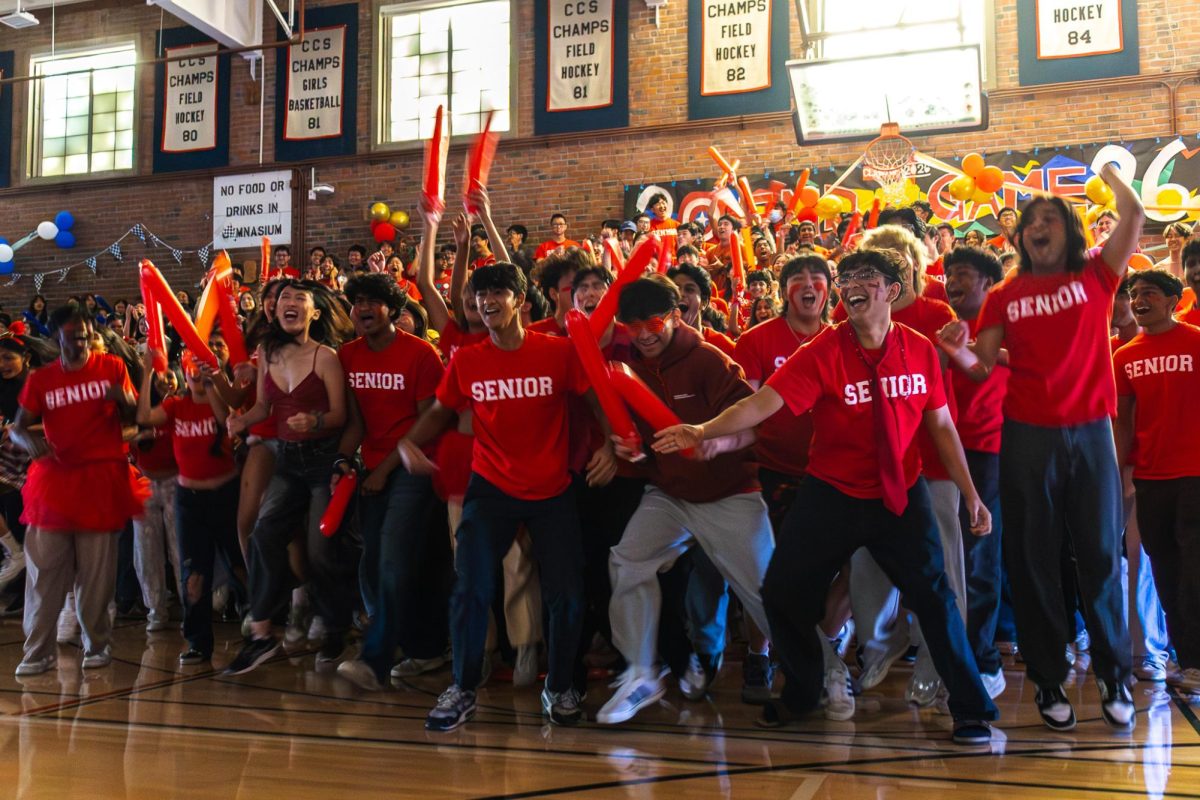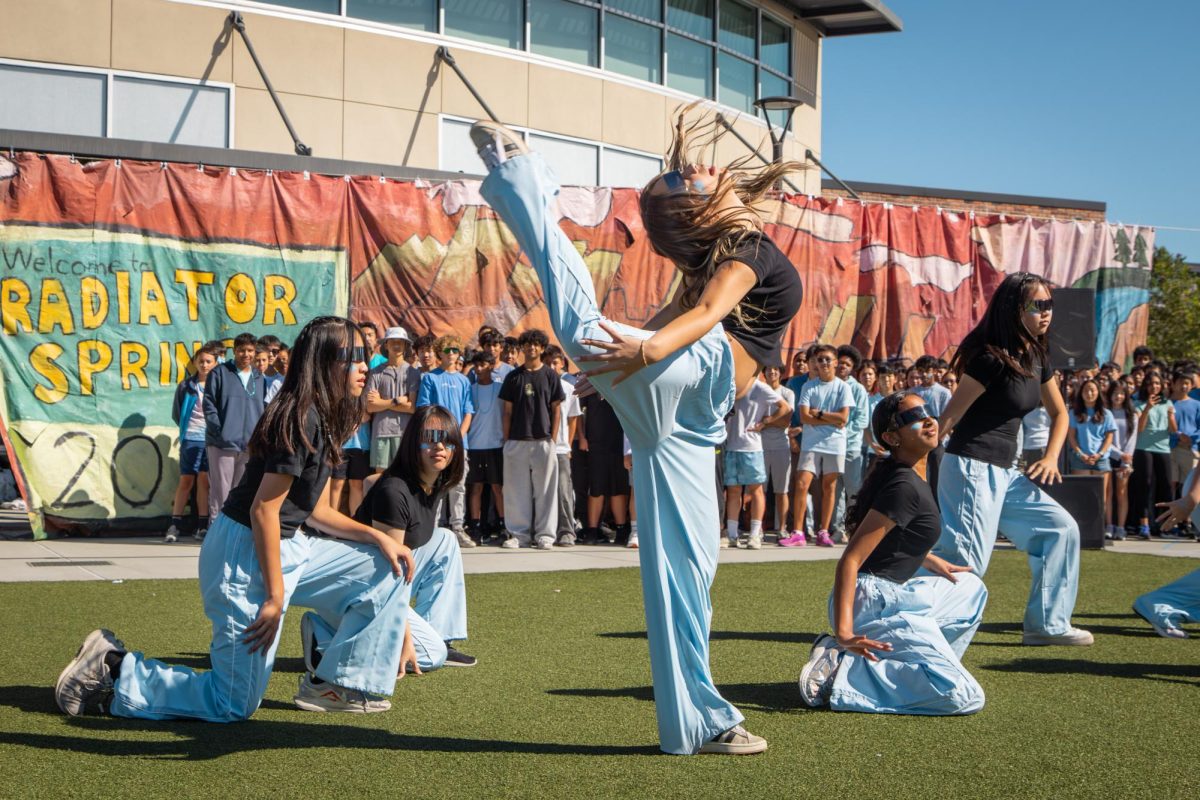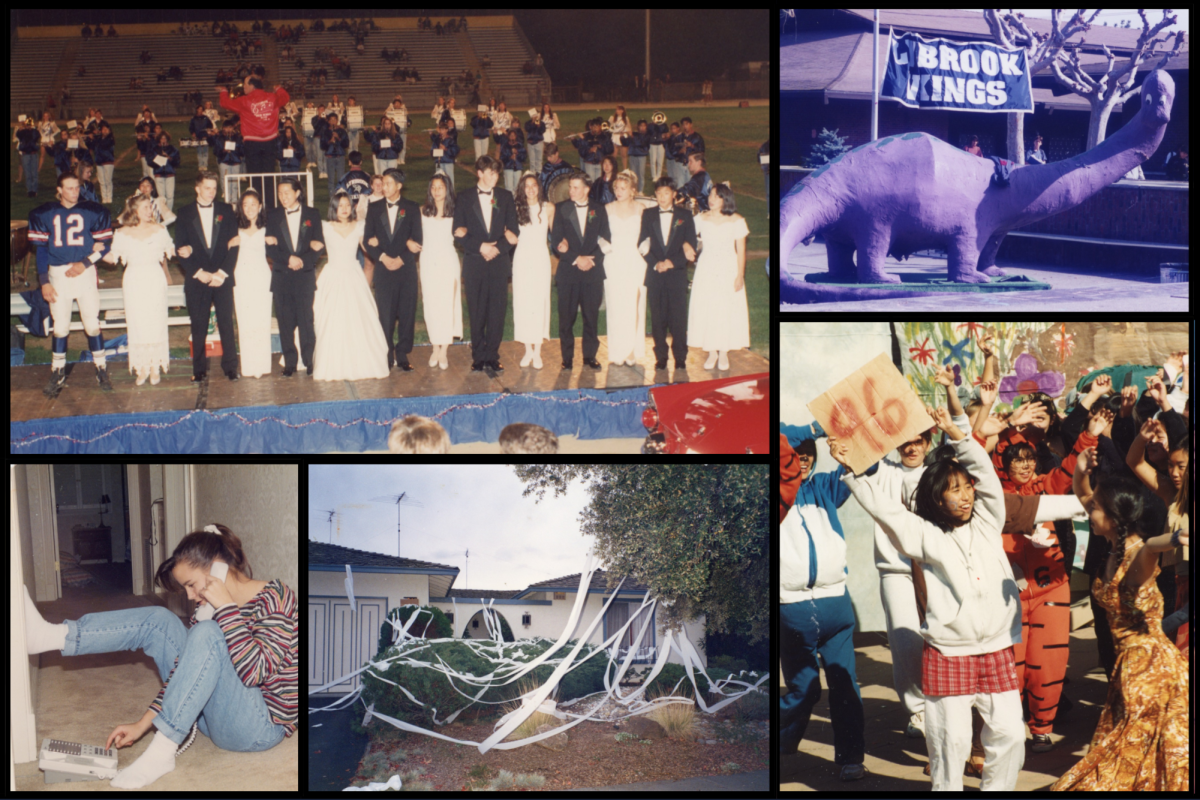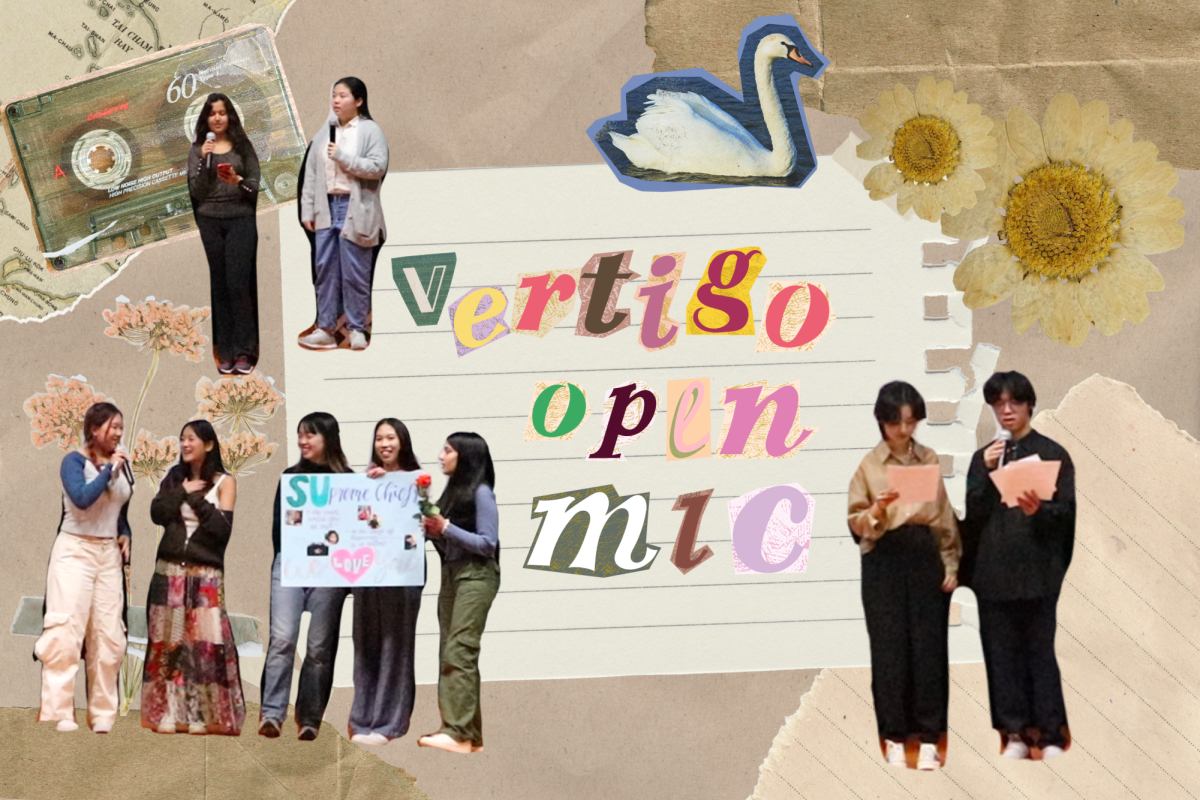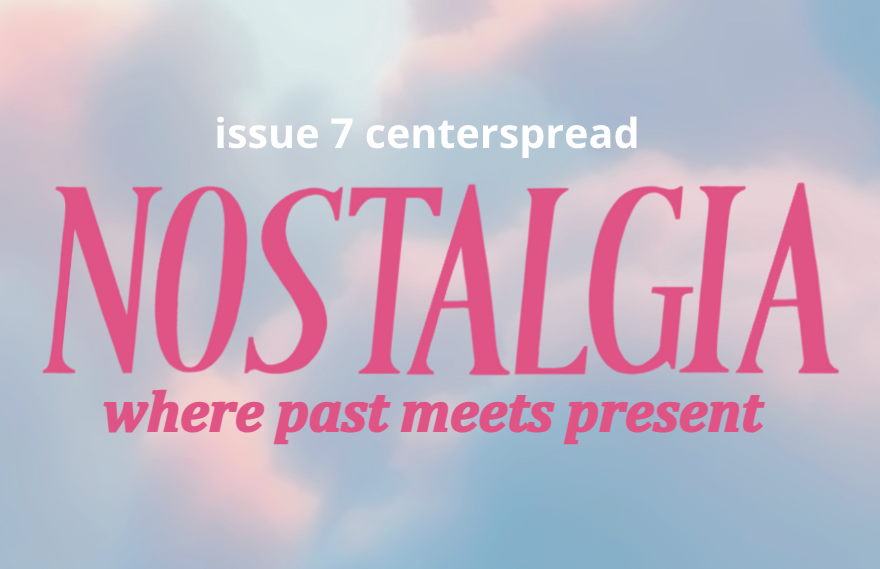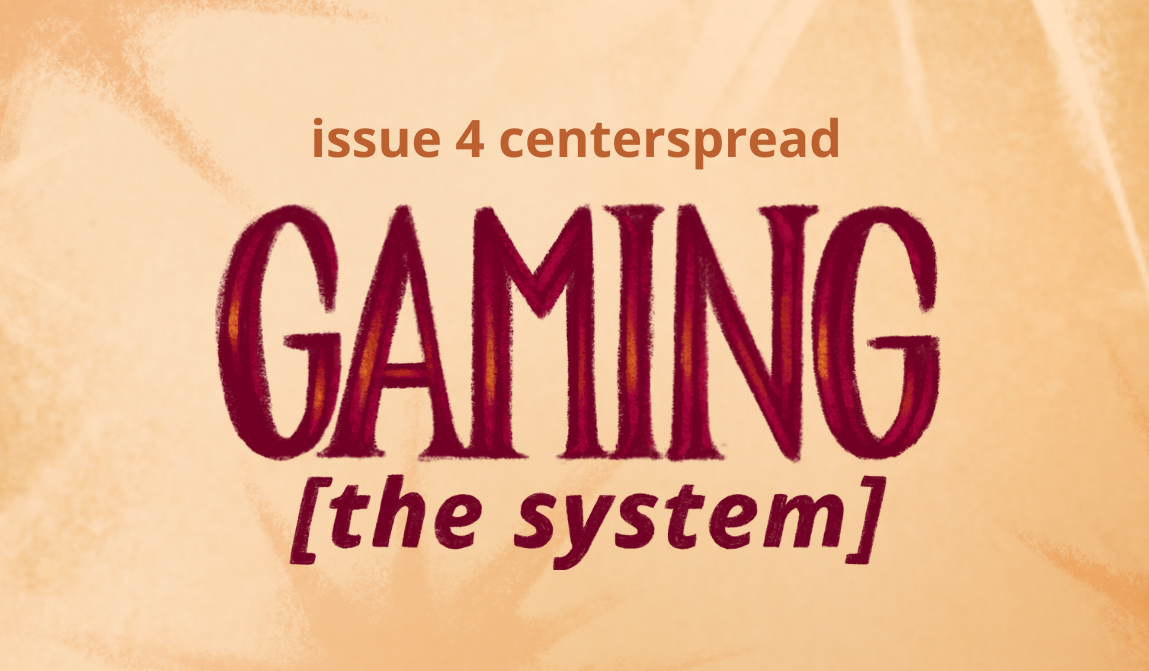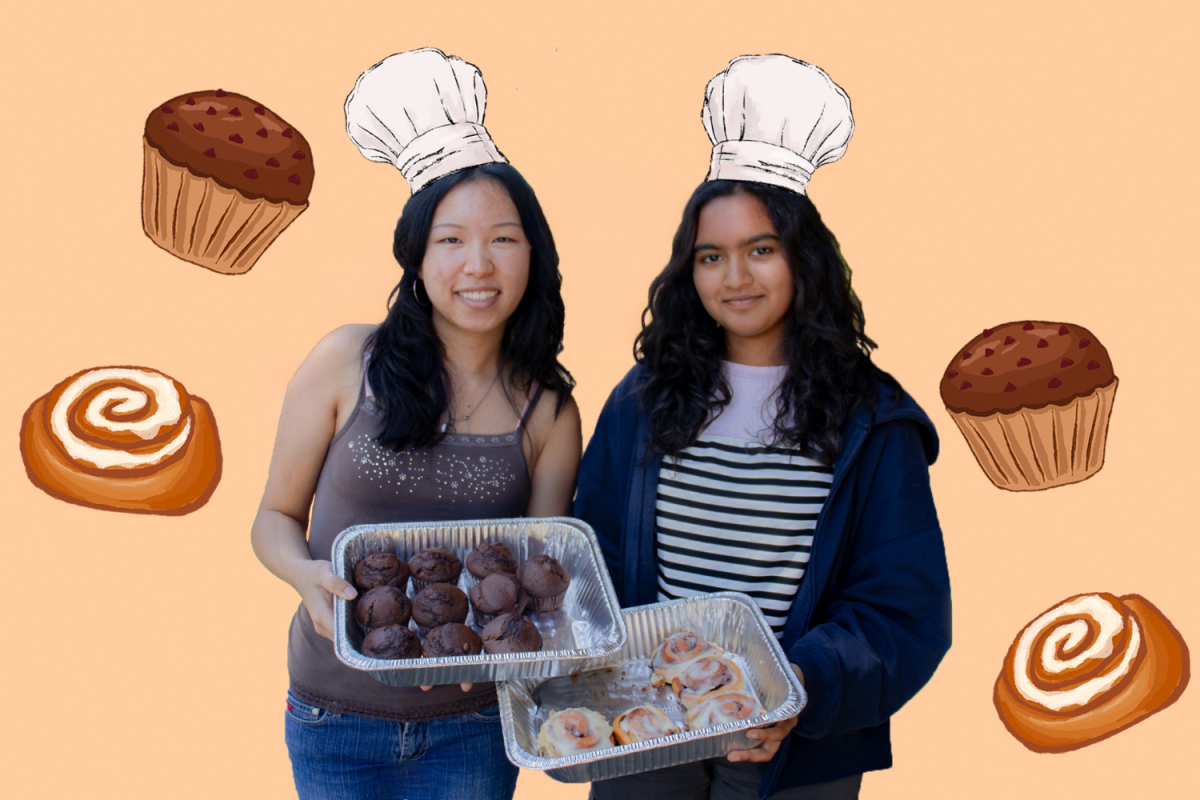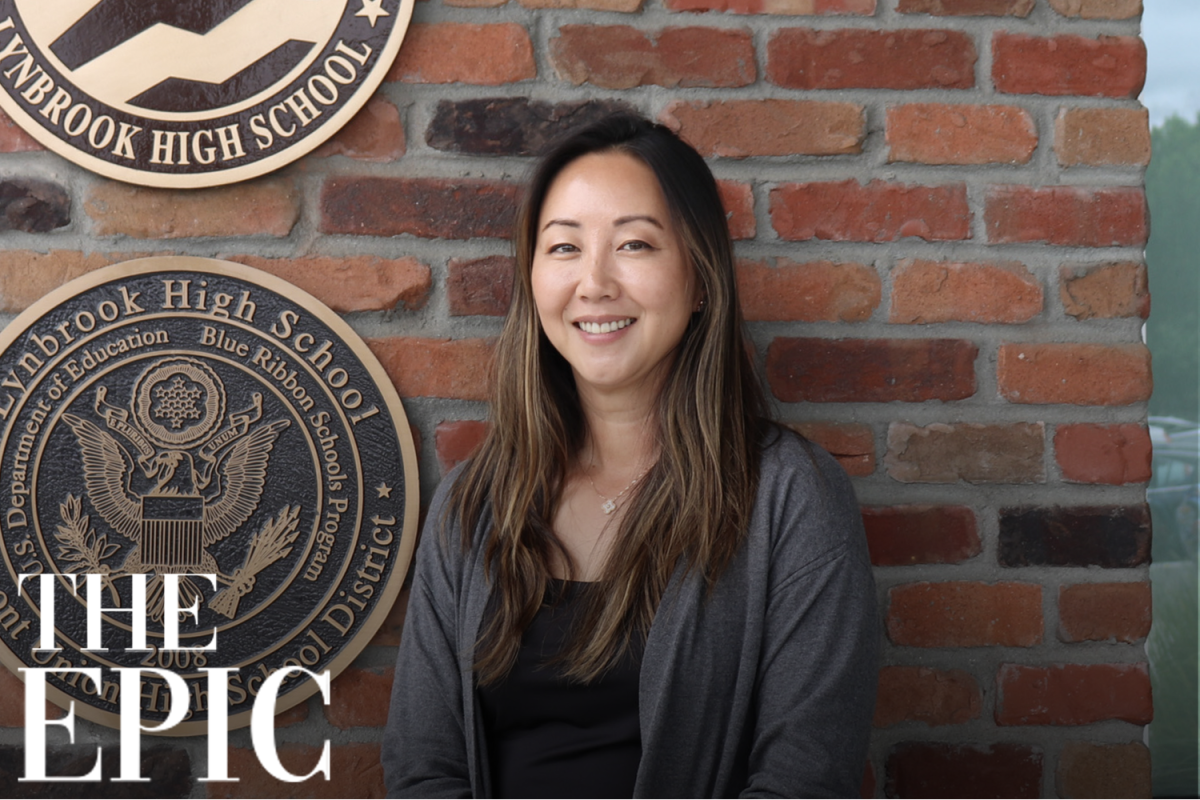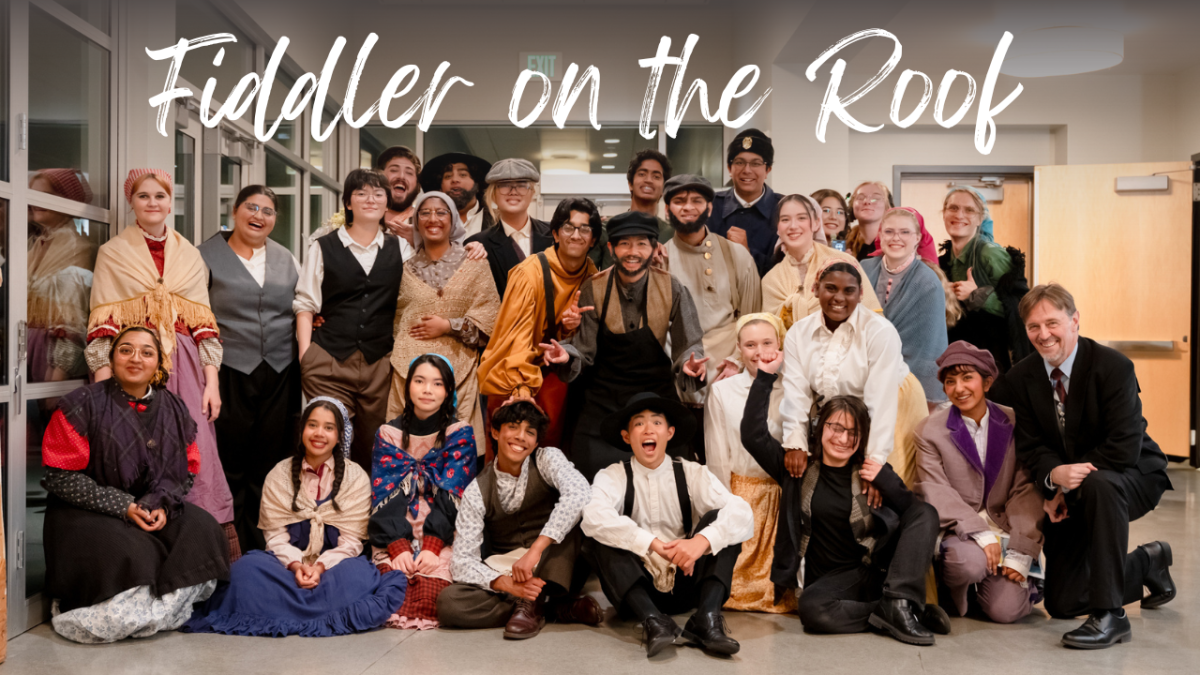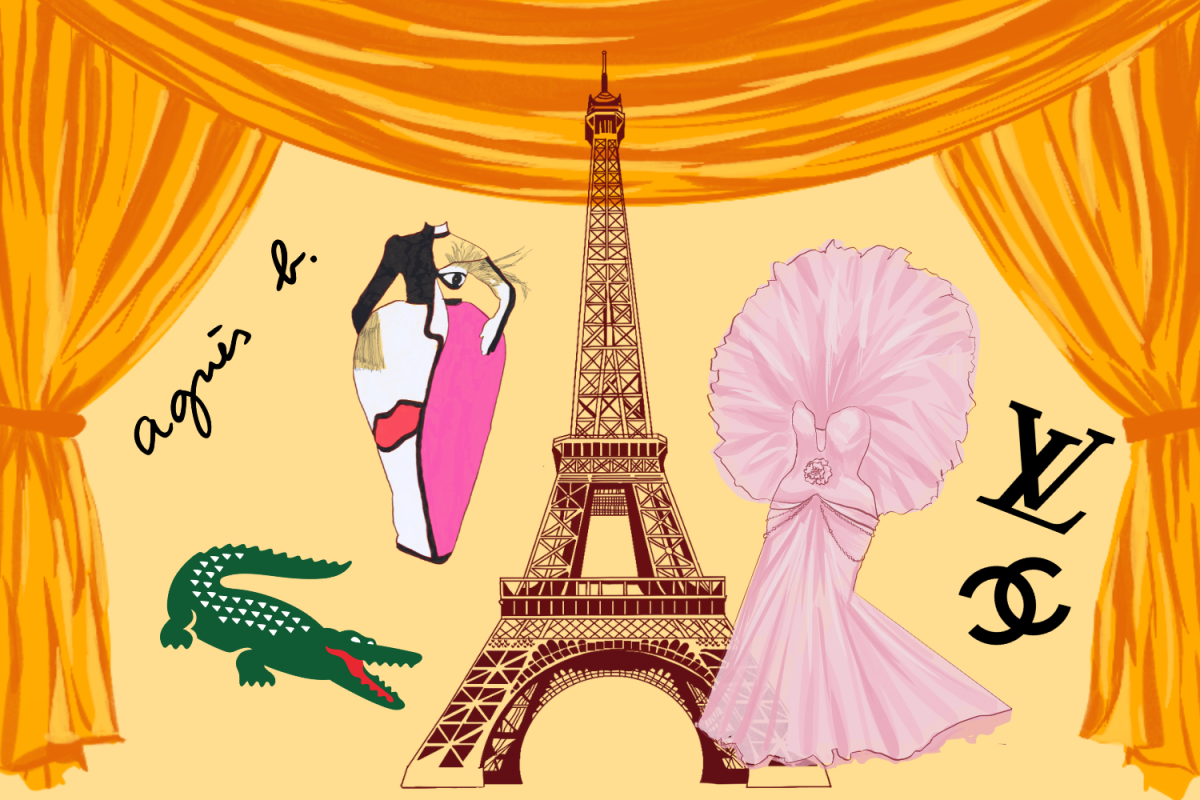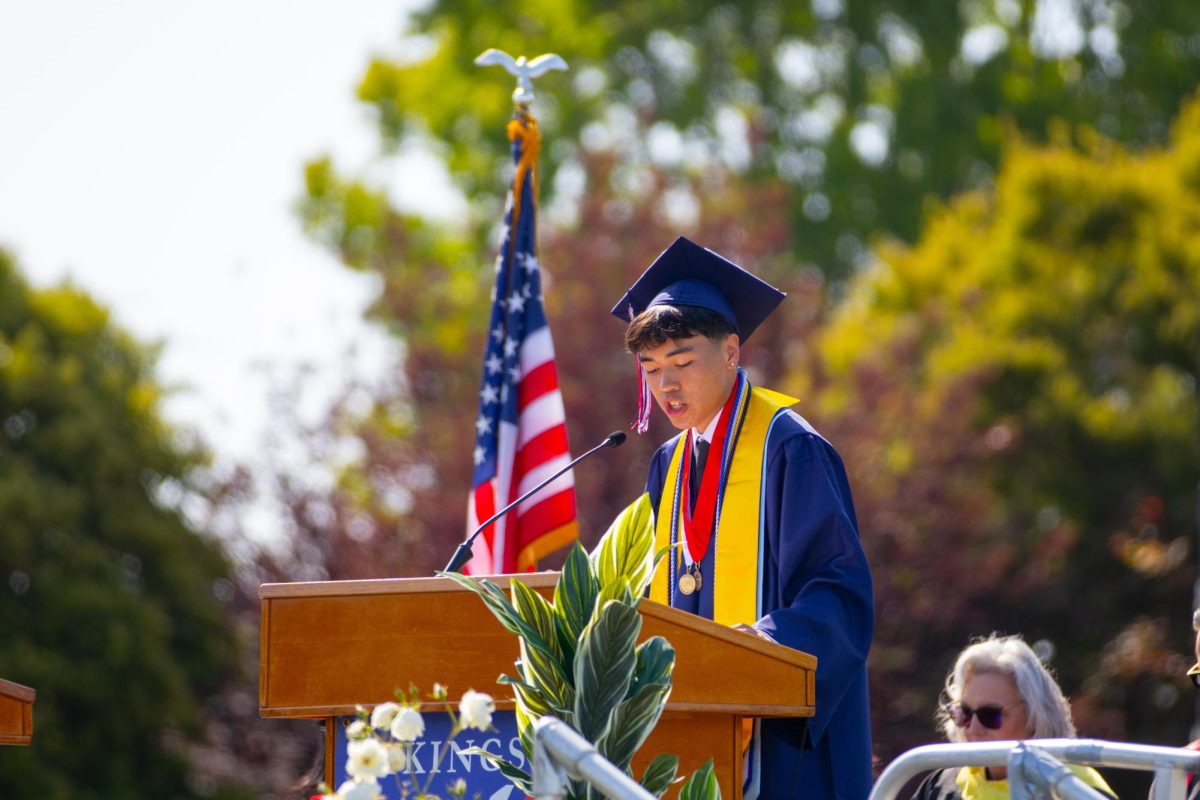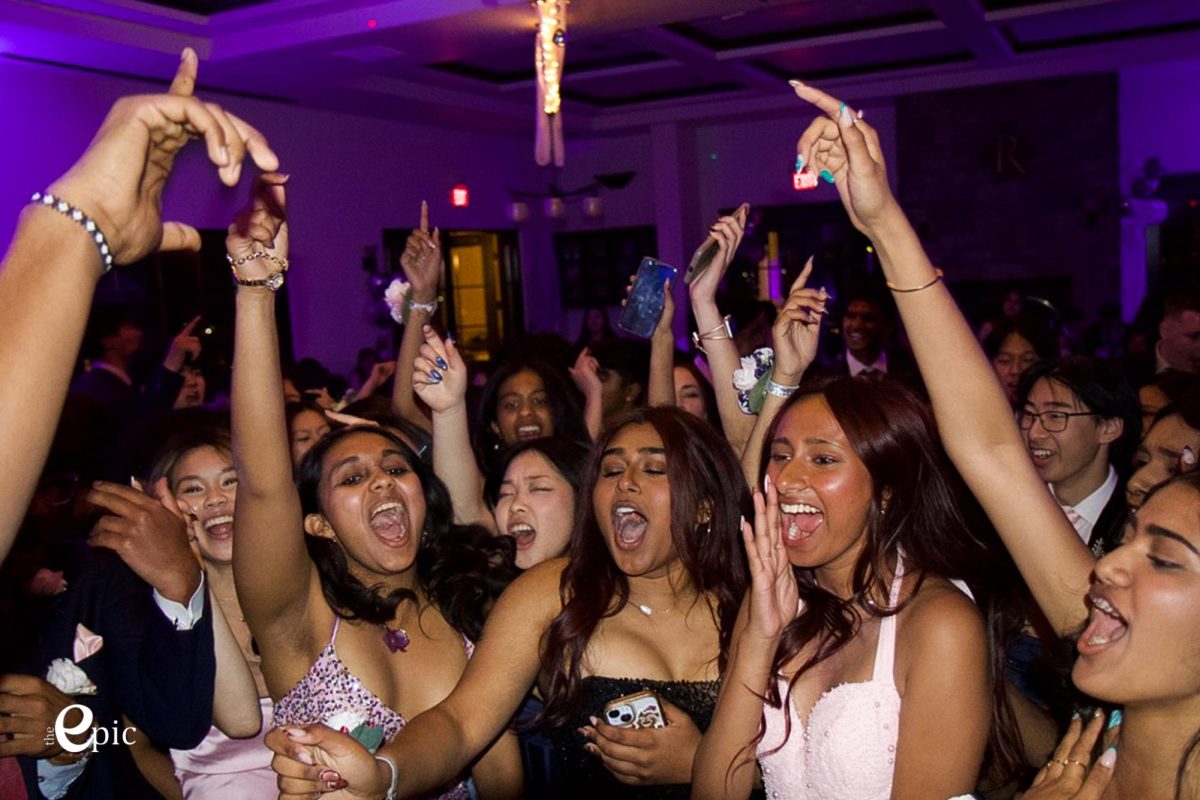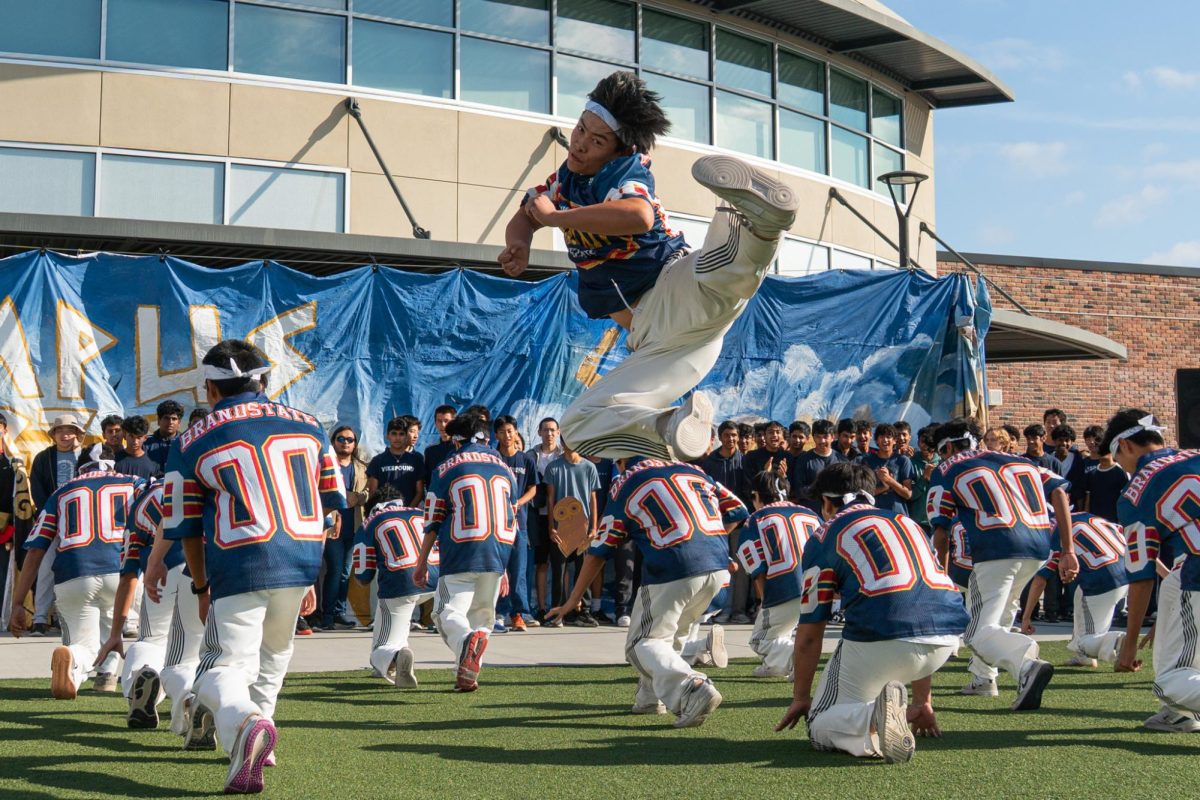Each year, families begin to appreciate winter joy and festivity, with celebrations such as Christmas and New Year’s being embraced widely. From Mexico’s month-long celebration of Las Posadas to Japan’s yearly tradition of KFC dinner, various cultures from around the world cherish holiday cheer in unique ways.
In Mexico, Christmas celebrations are held throughout December with new celebrations happening almost every day. Christmas traditions in Mexico are deeply rooted in faith, with the highlight being Las Posadas, a 9-day celebration held from Dec. 16 to 24. Las Posadas commemorates Mary and Joseph’s tough journey seeking shelter before the birth of Jesus. The nine nights of the holiday represent each of the nine months of Mary’s pregnancy. Children perform Posada processions, where they visit homes to reenact Mary and Joseph’s search for a place to stay. Each day, the children come to a house to ask for lodging and are then denied to reflect the challenge Mary and Joseph faced while finding a place to birth Jesus. During their visits, they sing “letenías,” or a traditional call-and-response song during their performances. A different home hosts a Posada party throughout each of the nine days, bringing together family and friends for prayers and celebration. These parties consist of traditional foods like tamales, ciders, hot chocolate and soup to games like lotería, a bingo game and breaking piñatas.
“I feel like Hispanic cultures do such a nice job of finding a reason to get together,” Spanish teacher Julie Morelos said. “My favorite part about this holiday is how it unites the community.”
In contrast to a majority of Western countries, Japan views Christmas as a celebration of romance rather than familial unity. Japan prioritizes celebration and beauty over the strong acknowledgment of religious origin. Although the holiday is recognized as a day of romance over a day of familial ties, Japanese families continue to celebrate the holiday’s significance to the country with extravagant dinners and food preparations, such as Japanese Christmas Cake, also known as Kurisumasu Keki — a sponge cake with a whipped cream filling, topped with fresh red strawberries. Japan effectively amalgamates Western and Japanese cultures when celebrating the holidays, as KFC is a popular holiday dinner in Japan. It is a tradition that has been a Japanese staple since 1974 as a result of a successful marketing campaign to bring families together over a simple and delicious meal. The restaurant is more than just an annual dinner spot, it is a greater symbol of festivity and happiness throughout Japan.
“Christmas is more of a romantic holiday to spend with your significant other instead of a family holiday, like it is here,” Japanese teacher Jeremy Kitchen said. “In Japan, they have big statues of Colonel Sanders in front of KFC shops, so it has this whole other side with a mix of Western and Japanese traditions.”
While France celebrates their holidays through family gatherings, large meals and midnight mass, one of the most significant traditions is the Bûche de Noël. This desert represents the Yule logs once burned in homes on Christmas Eve to bring good fortune for the year ahead, a past tradition in French celebrations. The bûche de Noël is a rolled sponge cake filled with cream and coated in chocolate frosting to resemble a wood log. They are also often decorated with marzipan mushrooms, sugared berries and leaves. Traditionally flavored with chocolate and accompanied by champagne or coffee, this dessert serves as the final course of the holiday meal.
Another popular French tradition is the celebration of St. Nicholas Day on Dec. 6, most commonly in eastern France. This day honors St. Nicholas, a patron for children, through parades and gifts. Specifically, a treat called “pain d’épices,” a spiced gingerbread, is given out to children along with chocolates and other candies. The gingerbread is often shaped into festive designs like stars, hearts, or Christmas trees and decorated with sugar icing. St Nicholas himself is said to visit to deliver these sweets in children’s shoes or stockings.
“Celebrating Christmas is like getting together with the whole family like at Thanksgiving,” French teacher Denise Schang said. “You will all get together with the kids and grandkids, all having fun with some activities.”
As the holiday season comes around, different cultures are appreciative of the time through their various celebrations and traditions. This season fosters a contentful connection between romance and family ties. While the process may differ across each culture, the sentiment and festivity of the holiday season align them together.


